The best smart glasses are starting to step up to the Apple Vision Pro by bringing spatial computing elements to the table. So far, we’ve seen the Xreal Beam Pro combine with the Xreal Air 2s for this, and the Viture Pro pair with an app for a similar experience.
Now, it’s Rokid’s turn with AR Lite — a combination of the company’s Max 2 glasses and Station 2 peripheral to unlock this full experience. I’ve been testing them for a few weeks now ahead of their full unveiling at CES 2025 (currently, they only exist on Kickstarter), and I can confirm they are something pretty special.
As a glorified portable monitor right in front of your eyes, the glasses offer the best picture I’ve ever seen in a pair of AR glasses. Super crisp, colorful and fluid in motion — combined with a nice lightweight design for wearability over hours of use.
On top of that, I’m not sure what witchcraft Rokid is partaking in, but the built-in speakers are surprisingly good. Of course, they do get drowned out on a long flight, but in quieter situations, they are loud with strong clarity so you do not need your headphones.
And then there’s the versatile spatial computing experience, powered by the Station 2 running Rokid’s YodaOS. You can tell that a lot of time and attention has been paid to this, and in use, it can be many things to many people. This little Snapdragon-armed touchpad with accelerometer/gyroscope functionality for using it as a pointer is great for kicking back with some binge watching. But on top of that, its built-in Bluetooth 5.2 meant I could actually get stuff done on here too with a keyboard (like type this review in Google Docs via Chrome).
However, you have to answer the ultimate question: it’s good, but is it $749-worth of good? That’s a particular sticking point when you can get the combo of Xreal Beam Pro and Air 2 for up to $250 less. That’s not to say there are indeed benefits with going for Rokid — from the better screen to the more comprehensive spatial computing aspect. But that Spatial Computing experience is built on Android without Google Play services (app downloading can be a pain) and you’ll have to rely on that snap-on lens shade as there are no electrochromic lenses here.
What this sky high price does do is narrow this pair of specs down to a particular enthusiast crowd. If you want the best display tech with accessibility built into them with myopia adjustment dials — all with premium build quality and a slick spatial computing suite — then Rokid AR Lite is a fantastic choice. But if this is your first foray into AR glasses, do a little window shopping first as you could get a perfectly good experience without needing to severely damage your bank account.
Rokid AR Lite Glasses: Cheat Sheet
- What is it? This is a premium combination of AR glasses and spatial computing peripheral.
- Who is it for? These are for the display enthusiasts who are frequent travelers — the people who probably had a heart attack looking at the $3,500 price of Apple Vision Pro and are looking for something a little cheaper.
- How much does it cost? Currently, they are just a Kickstarter project (look forward to a full launch at CES 2025), but the listing price seems to be set at $749.
- What is it like to use them? In one word: mesmerizing. The spatial computing experience may be a lot of fun (and actually useful in some circumstances too), but the real draw here is the best AR glasses display tech I’ve ever seen. Picture quality is simply sublime — making any film you watch or game you play a flash flood of crystal clear color.
- Any problems? At $749, this is an expensive purchase to make when you could get a similar comprehensive suite from Xreal for up to $250 less. On top of that, for the premium price being charged, it’s a little annoying that the glasses do not come with electrochromic lenses to dim your surroundings or Google Play services in the Station 2.
Rokid AR Lite Glasses: Specs
Swipe to scroll horizontally
| Display | Sony Micro-OLED, 300-inch virtual screen with 1200p resolution, up to 600 nits of perceived brightness, up to 120Hz refresh rate, adjustable for Myopia |
| Audio | Dual Hi-Fi speakers |
| Price | $749 with Station 2 |
| Dimensions (when open) | 5.8 x 6.5 x 1.9 inches |
| Weight | 2.6 ounces |
Rokid AR Lite Glasses: The ups
That $749 pride tag may be scary on first view. But trust me when I say where it counts, you see, hear and feel that price.
A jaw-dropping display
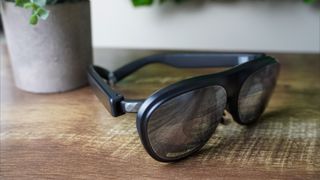
I thought Micro-OLED display tech didn’t really have anywhere else to go with the likes of Xreal and Viture just taking it in turns to offer a similar resolution and refresh rate in thinner prism screens with different approaches to color production.
Then in walks Rokid, who steals the metaphorical show with the Max 2 specs as part of the AR Lite package. These take clarity, fluidity and color to a whole new level with a wider 50-degree field of view to boot. It’s a small upgrade over the 46-47 degrees you see over the competition, but for AR vision and spatial computing, every degree matters.
This increased field of view is especially welcome when it comes to the 300-inch screen. Simulated to be displayed roughly 20 feet in front of your eyes, those extra couple degrees keep the whole thing in vision with no cut-off at the sides (and no pixel fringing to be seen either). It’s incredible for all-encompassing experiences on long-haul flights, and the built-in Myopia adjustment dials make them impressively accessible to glasses wearers too.
While I do miss the electrochromic film to give a translucent AR experience (more on that later), the lens shade snaps on the front to completely block out any potential distractions. These are glasses for the pixel peepers with a 1200p resolution, and they are the best you can get right now.
Comfortable for hours on end
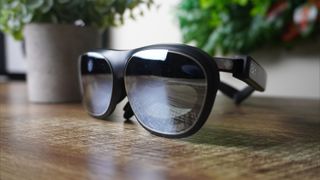
Since the first generation looking like an oversized pair of spy glasses you bought from the Scholastic book fair, things have definitely moved on over the past 18 months. We’re now in a place where most AR glasses are sleek and comfortable to wear for long periods of time, and Rokid’s specs definitely sit at the top of the pile for this.
Yes, just like any other glasses, packing prisms just behind the lenses mean they do look a little larger than life. But firstly, they don’t do to a point that they draw second glances, and secondly, thanks to those air-cushioned nose pads and lightweight construction, you’ve got a supremely comfy pair of glasses on your face with no fatigue on the tops of your ears.
Fair warning, though. The case is massive. It’s premium in construction with its leather exterior and metallic frame for durability, but it will take up a heft of your backpack space in carry-on luggage.
Spatial station

Now let’s turn our attention to the software side of things. Yes, it’s not lost on me that the Rokid Station 2 looks like an OG iPhone. It makes me miss having smaller smartphones!
But of course, it’s so much more than that — the all-in-on spatial computing accessory with a 5,000 mAh battery for plenty of playtime and Snapdragon internals for all your software support primes it for multi-window usage in a gorgeous UI.
I mean the home screen is literally filled with star constellations. My young nephew loved it and immediately understood the assignment when it comes to the surface being a touchpad and the built in accelerometer and gyroscope being a laser pointer to select apps.

Built on Android Open Source Project (AOSP), it has Android app support…sorta…I’ll get into that a little later. What it means, though, is you can easily jump into all your favorite streaming services, download content to the 128GB of built-in storage and binge watch any long haul flight away.
Pair that with Bluetooth 5.2 and you’ve got latency-free audio with any of the best headphones. Plus, connect a keyboard and you’ve got a pretty solid dynamic workstation for getting stuff done. That wider field of view makes that multi-screen layout feel a lot more fluid to look between the windows too.
Rokid AR Lite Glasses: The downs
There are two key drawbacks here — both of which are kind of confusing omissions when you think about them. Not to the point that they impact the experience you have with the glasses, but they’ll make you think “wait, weren’t these $749?”
No Electrochromic lenses
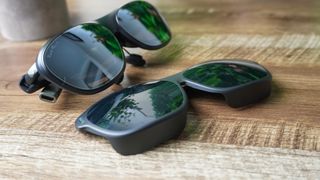
Yes, they put a lens shade in the box so you can completely isolate the picture for all that gorgeous color and sharpness. But come on! Far cheaper glasses than these sport electrochromic lenses to dim the lenses on your specs.
This can lead to that nice translucent hybrid — a picture shown in all its glory with a little visibility of what is around you, so you don’t miss the air steward offering out pretzel snacks (like I did).
Given these lenses are starting to become more of a thing in pro-tier AR glasses like the Xreal Air 2 Pro and Viture Pros, this really should be a no-brainer.
Android…sorta

Like I said, YodaOS is a version of AOSP — a tailor-made mixed reality experience that comes with some fun AR games to prove the concept of spatial computing in a pair of glasses. But one complication that comes from this is the lack of Google Play services. That means no Google Play store, and that can make finding your most used apps complicated.
Rokid has built their own app store here, and there is an unofficial app store you can pick up in there. But for a good chunk of the most used apps, you will find yourself having to go to APK websites, which can be risky territory in terms of phishing potential.
Xreal Beam Pro may not have the same power here (I faced zero slowdown on multitasking with Rokid’s Station 2 vs a few little hitch ups with Beam Pro), but at least this has Google services to make it easier to get to your content.
Rokid AR Lite: Verdict
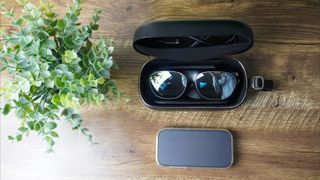
Yes, it’s pricey. But in some key ways, my-oh-my it’s worth it. That picture quality is something else here, and the holistic experience paired with spatial computing (provided you put in the legwork to find your apps) is smooth and fault-free.
There’s just that price, the omission of electrochromic lenses, and that pain point of not having Google Play readily available that should make you stop and think. They may not be the best AR glasses overall because of this, but they come damn close by being superior in some key areas.

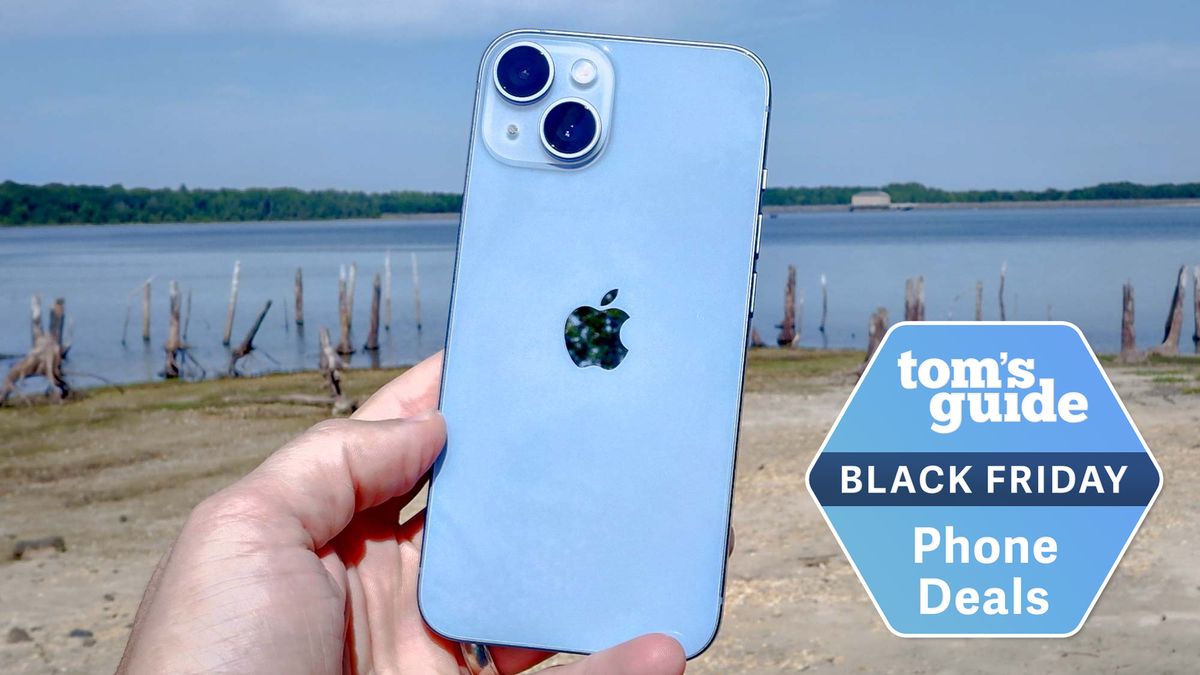
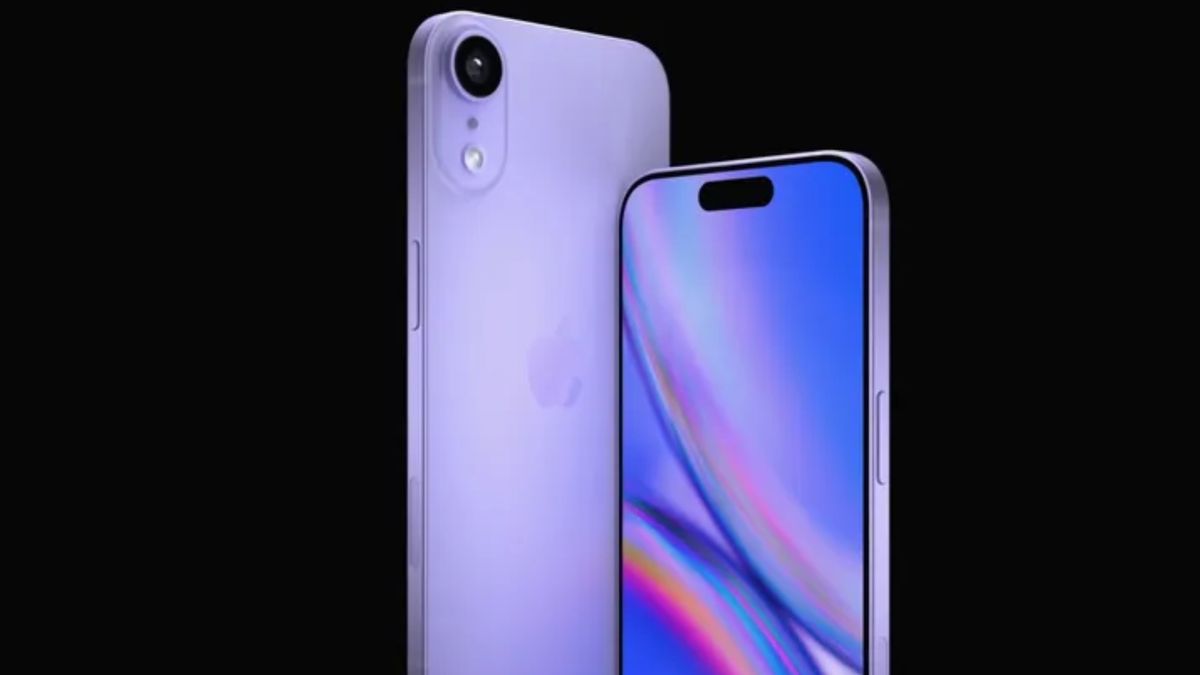





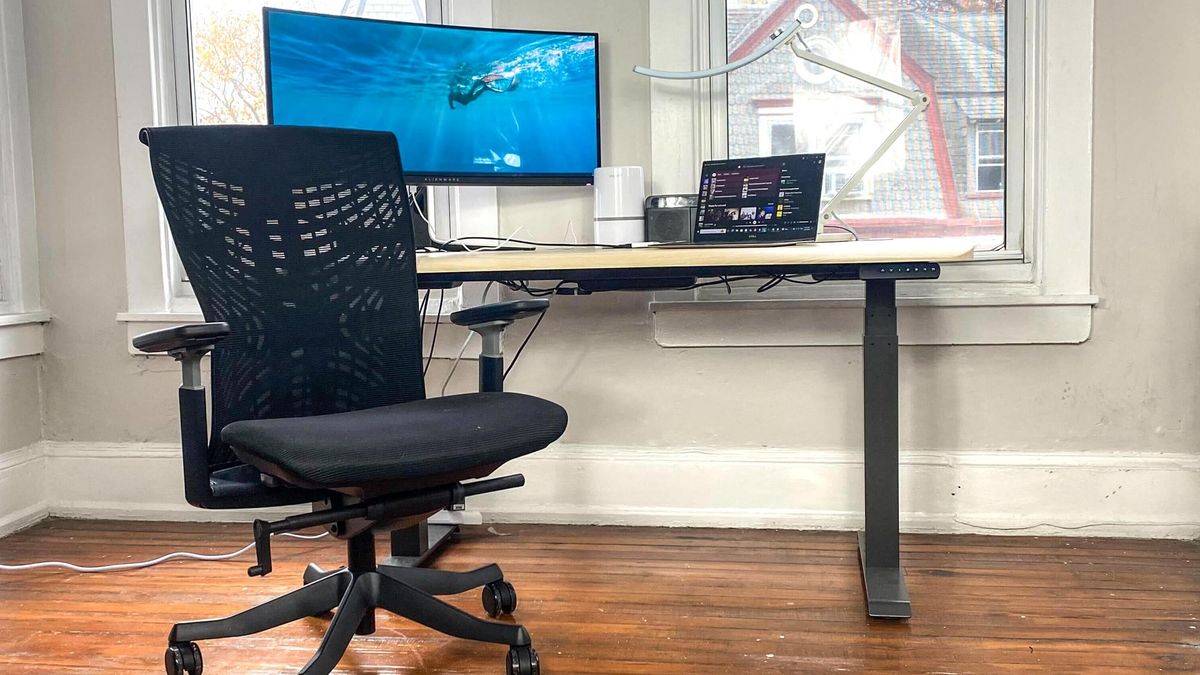
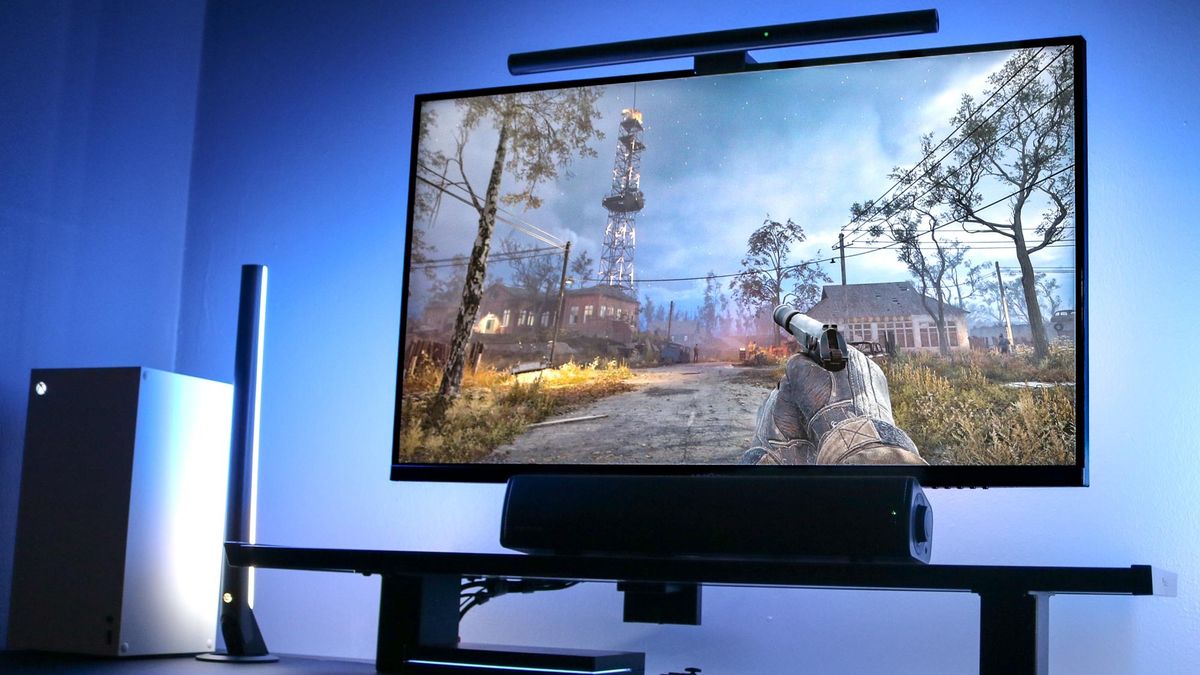


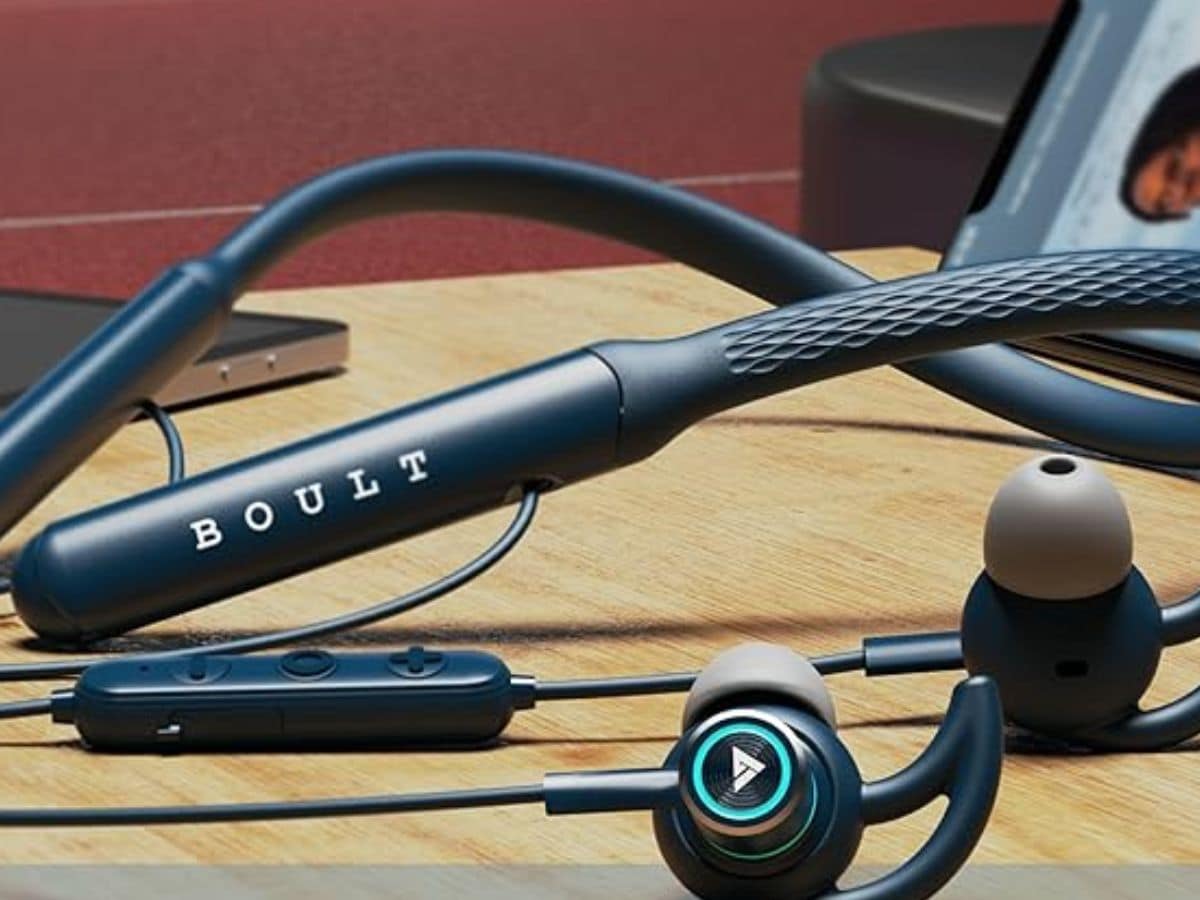








 English (US) ·
English (US) ·